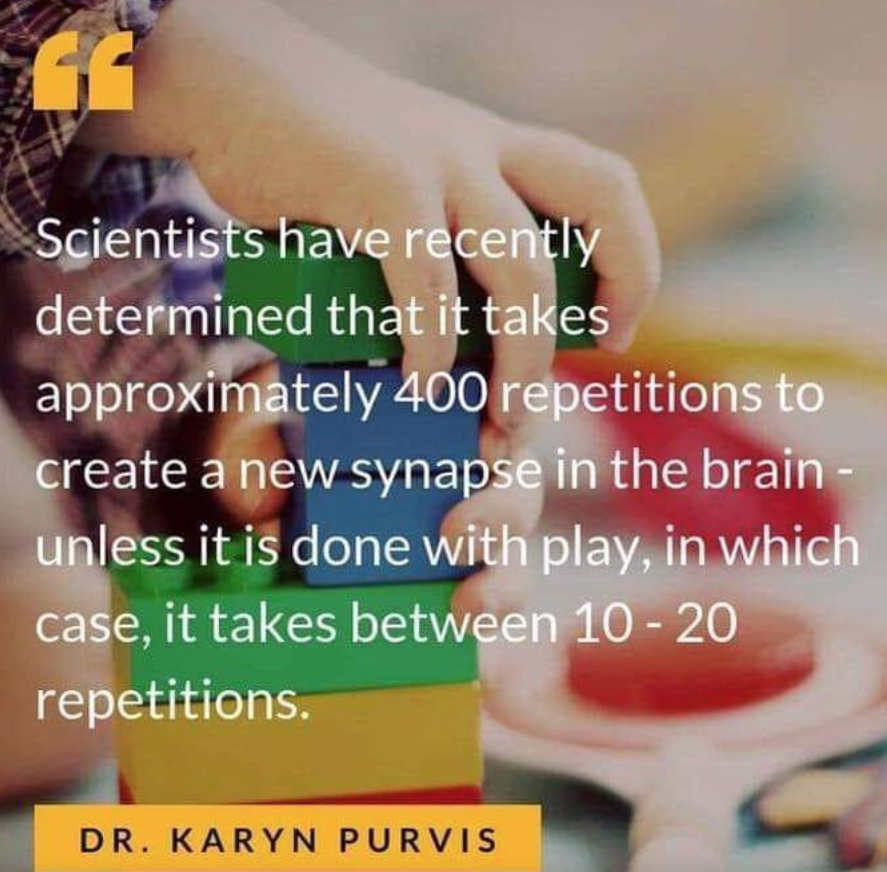
As children progress through their years at Vauxhall School from Year 1 to Year 6, the way we deliver the curriculum evolves. In the early years, learning includes elements of exploratory play, supporting the development of foundational skills in reading, writing, and mathematics. As students grow, there is a gradual shift towards more structured opportunities to apply their knowledge and skills. This progression is central to our age-appropriate approach to teaching and learning.
As much as possible all learning is taught through authentic contexts in whole class, small groups and individual instruction via the curriculum learning areas (eg English, Science, Arts, Maths, Health and P.E., Technology and Social Sciences) and the school values.
At Vauxhall we consider Learning through Play to be a way of learning that is engaging, child centred and interest-driven, appropriate to, and for the development and well being of each individual child.
When children transition into school from early learning centres they enter with a sense of wonder and natural curiosity.
It can be overwhelming to take on so many new things in an environment that is formal and structured and very different from the experiences they have had as a preschooler.
Our environment is designed to make the transition from preschool to school a smooth, enjoyable, highly motivating and engaging one.
A place where the children feel safe to try new things, to enhance their sense of wonder and learn persistence, cooperation, negotiation, resilience and a strong sense of belonging.
